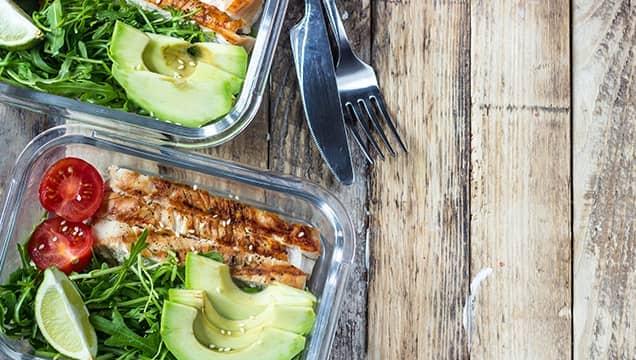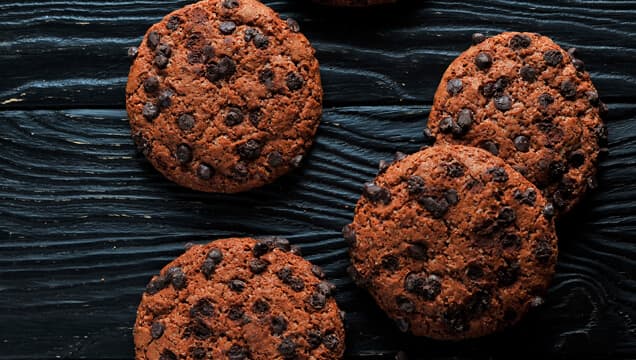Did you know you can lose weight by eating more?
No pain, no gain – or so the cliché goes. And those of you who have tried to lose weight through various diets know just how difficult it can be. But it can be worth it, right?
What if we told you that there is an approach you can take to manage your weight that actually involves eating more, not less? #nomnomnom If this sounds like something right up your alley, read on as we introduce you to volumetrics eating!
You must be nuts
No, we can assure you that volumetrics eating is a known approach to managing your weight that was developed by a professor of nutritional sciences. But speaking of nuts (and seeds), they are among the food types that you want to avoid for this approach to be effective. Nuts and seeds have high caloric density so they are not ideal.
Watch what you eat
With volumetrics eating, the way you watch what you eat differs from other kinds of diets. Yes, you still need to be aware of how many calories you’re eating but volumetrics eating focuses on caloric density. What this means is that you’re not only looking for food that is low in calories but high in nutrients, so that you can eat more – until you’re full – without consuming too much calories.
High 5 to fibre and water
The kinds of food that you should be consuming for this approach to be effective is essentially food that are high in fibre and water (think fruits, vegetables, and lean proteins). This is because your body needs more time to digest these kinds of food, so you’ll be full for longer and will then eat less regularly. In the long term, this will help you lose the weight you’re hoping to.
This all seems a bit dense
Let’s make it simple – the volumetrics approach have divided food types into four categories based on their caloric density. Food like fruit and non-starchy vegetables are considered very low (category one) while whole grain and lean meats are considered low (category two). Categories three – or medium density – includes bread, cheese and higher fat foods. Unsurprisingly, sweets and fried food are high density, and fall into category four.
Easy as 1, 2, 3
Does this mean that you should only eat the (very) low to medium density food? That’s not exactly the plan. This approach is designed not to deprive you from the kinds of foods you enjoy. Instead, it offers the categories to help you decide how much of each type to eat. Of course, the lower the density, the more weight you might lose but the idea is that you know what foods fit into each category so you can eat more from the lower categories and only indulge in the higher categories occasionally.
Same same but different?
Isn’t this just another version of a watch-what-you-eat diet? Not exactly! The philosophy behind this approach is based on the science that shows that your willpower and hunger pangs are some factors that people tend to struggle with in maintaining their diets. With volumetrics eating, if you’re eating the right foods, you can eat as much as you want. Remember, this is a long-term programme so don’t expect immediate results but this kind of food watching can be a good habit to adopt and maintain.





